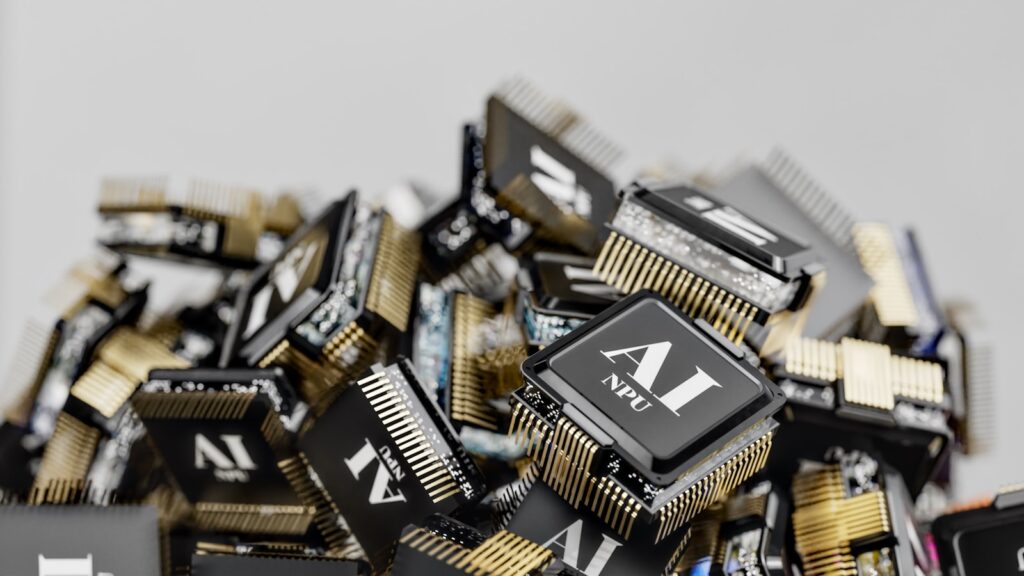Summary: This article provides a step-by-step guide to creating an AI bot in 2025, covering essential tools, platforms, and strategies for beginners and developers. Discover how to develop a chatbot that enhances productivity, customer engagement, or personal projects, with actionable insights and up-to-date examples.
Contents
Why Build an AI Bot?
AI bots are revolutionizing automation and user experiences. A 2024 Gartner report forecasts a 33.7% increase in AI technology spending in 2025, underscoring the demand for chatbots. Whether for customer support or personal assistance, developing an AI bot is a valuable skill.
These bots automate tasks, deliver instant responses, and integrate with platforms like websites or messaging apps. This guide explores how to develop a chatbot, the best tools, and practical tips for success.
Understanding AI Bot Development Basics
An AI bot is a software program powered by artificial intelligence that interacts with users via text, voice, or other interfaces. It relies on natural language processing (NLP), machine learning (ML), and dialogue management to process user inputs.
Key components include:
- NLP Engine: Interprets human language for natural interactions.
- Dialogue Management: Manages conversation flow and context.
- Integration APIs: Connects to platforms like Slack or WhatsApp.
- Data Storage: Saves interactions for personalization.
How to Build an AI Bot: A Step-by-Step Process
Creating an ai bot involves several stages. Below is a roadmap to guide you through the process.
Step 1: Define Your Bot’s Purpose and Audience
The first step is to clarify the bot’s purpose. Consider:
- What problem will it solve? (e.g., customer support or task automation)
- Who is the target audience? (e.g., businesses or hobbyists)
- Which platforms will it operate on? (e.g., websites or Telegram)
For example, a business might develop a bot for FAQs, while an individual could create one for scheduling. Clear goals ensure effectiveness.
Step 2: Choose the Best Tools for AI Bot Development
Selecting the right tools is critical. This year, these platforms stand out:
- Dialogflow (Google): Offers robust NLP and Google Cloud integration, ideal for building chatbots for websites or apps.
- Microsoft Bot Framework: Supports advanced AI models and Azure, perfect for enterprise solutions.
- Rasa: An open-source platform for developers seeking full control.
- Botpress: A no-code, user-friendly tool with a visual interface.
- Chatfuel: A no-code platform for bots on WhatsApp or Instagram, great for small businesses.
Tip: Beginners can use Botpress or Chatfuel, while developers may prefer Rasa.
Step 3: Design the Conversation Flow
A natural conversation flow makes your bot engaging. Map out user inputs and responses, such as:
- User Input: “What’s the weather today?”
- Bot Response: “Please share your location for the weather update.”
Use flowcharts or platforms like Botpress to visualize dialogues. Include fallback responses for unclear inputs, like, “I didn’t catch that. Can you clarify?”
Step 4: Train Your Bot with NLP and Machine Learning
Training helps your bot recognize intents (e.g., “book flight”) and entities (e.g., “Paris”) using NLP. Tools like Dialogflow and Rasa simplify this process with pre-built models.
Pro Tip: Train with real user queries and update regularly to adapt to changing needs.
Step 5: Integrate Your Bot with Platforms
Integrate your bot with platforms like:
- Messaging apps (e.g., WhatsApp, Slack)
- Websites (via widgets)
- Mobile apps (using SDKs)
Dialogflow integrates with Google Assistant, while Botpress supports custom integrations via webhooks.
Step 6: Test and Deploy Your Bot
Thorough testing ensures performance. Check:
- Response accuracy
- Handling of edge cases (e.g., typos)
- Performance under load
Deploy using the platform’s hosting or your server, and monitor analytics to refine performance.

Best Practices for Effective AI Bot Development
To create a standout bot, follow these tips:
- Use Natural Language: Craft conversational responses.
- Focus on UX: Ensure fast, intuitive interactions.
- Iterate Often: Update based on user feedback.
- Prioritize Accessibility: Support multiple languages and diverse users.
Where to Find Tools and Resources for AI Bot Development
Start your journey with these resources:
- Official Sites: Explore Dialogflow, Rasa, or Botpress for tutorials.
- Courses: Coursera and Udemy offer chatbot development classes.
- Communities: Join Reddit’s r/Chatbots or Stack Overflow.
Real-World Examples of AI Bots
AI bots are transforming industries:
- E-commerce: Shopify’s ShopBot aids with product recommendations.
- Healthcare: Bots schedule appointments and offer consultations.
- Education: Duolingo’s chatbot enhances language learning.
Conclusion: Start Creating an AI Bot Today
Building an AI bot is accessible with powerful tools and platforms. Follow this guide; defining goals, selecting tools, designing conversations, and testing, to develop a chatbot that meets your needs. Stay updated with trends and use community resources to grow your skills. Ready to begin? Explore Dialogflow or Rasa and start building your AI bot today.